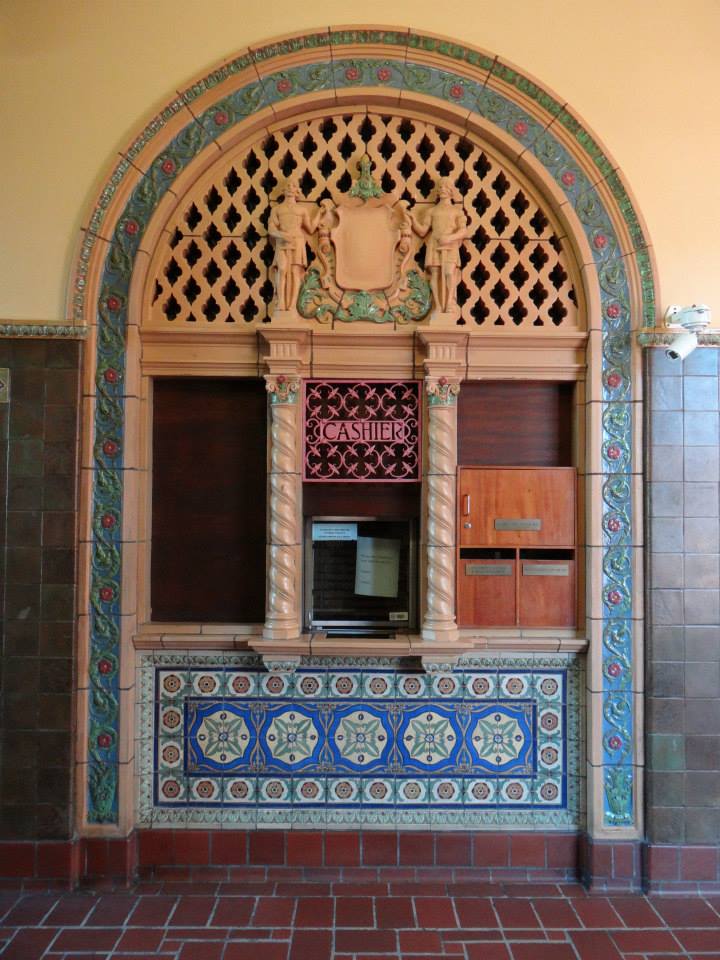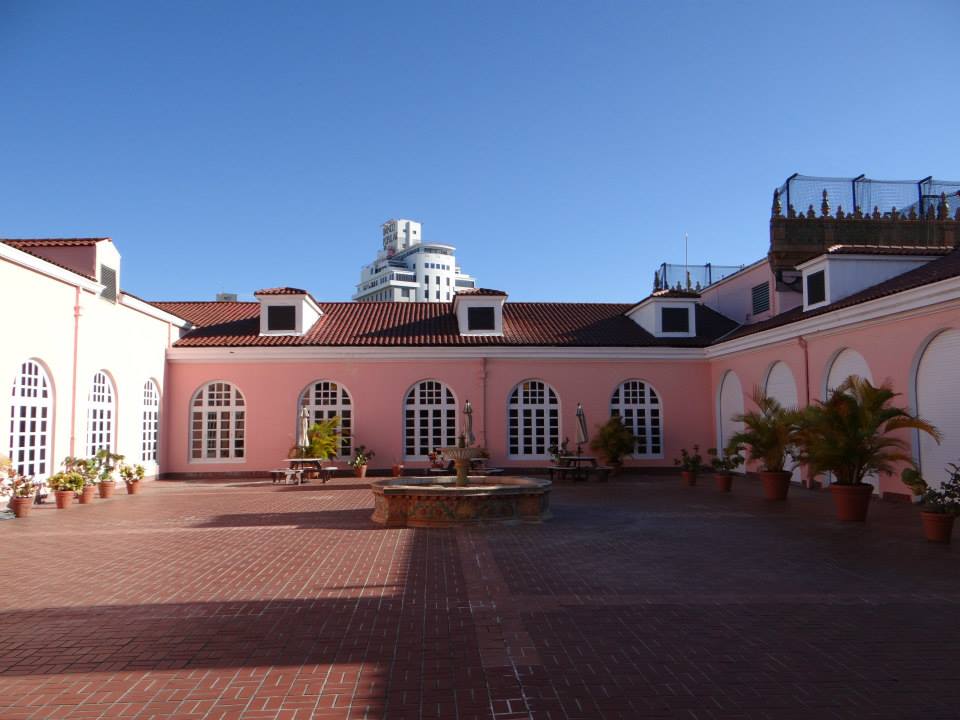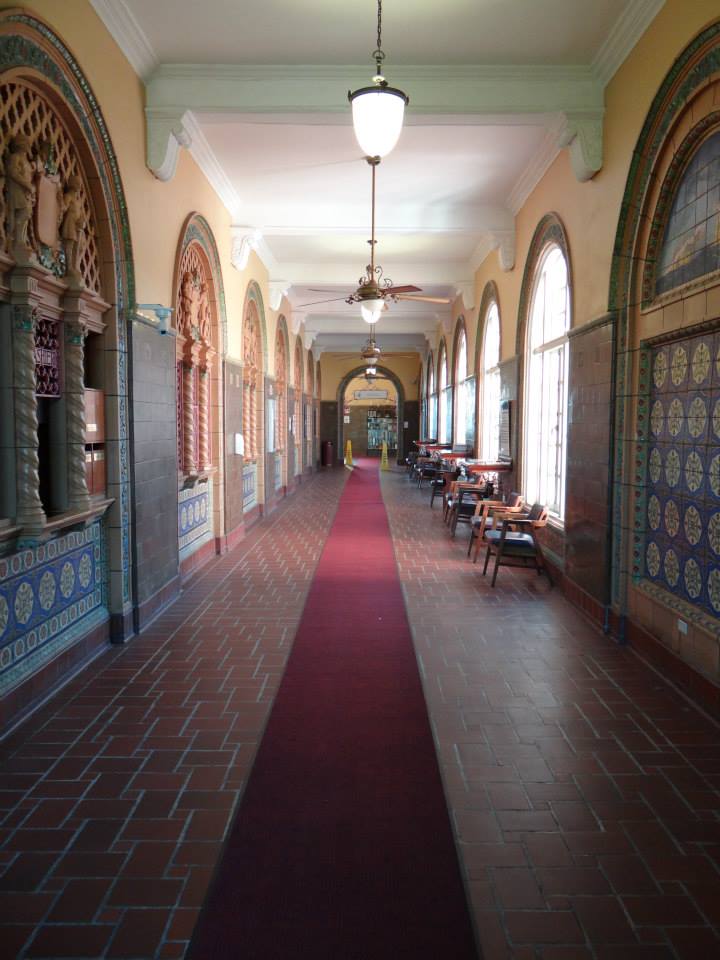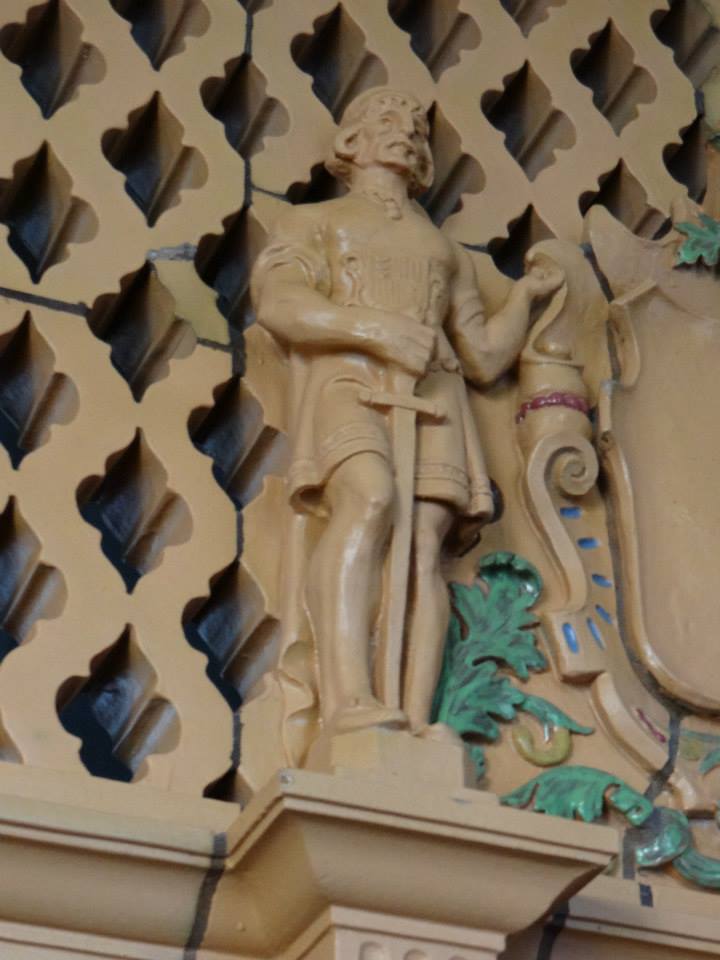English
U.S. Custom House (Aduana de San Juan)
Puntilla Street
San Juan, Puerto Rico
Designed by: Albert B. Nichols (1924)
The San Juan Customs House is one of the buildings in Old San Juan that is part of the National Register of Historic Places. It was established on the islet of San Juan in the 18th century. However, the current building was built by order of the United States government in 1924. The structure displays a plateresque style that is characterized by Gothic and Renaissance: A movement of cultural revitalization that arose in Western Europe during the 15th and 16th centuries. During this period, the study of classical Greek and Latin antiquity was embraced with enthusiasm, and great prominence was given to the arts, politics, and science. The Renaissance was characterized by an anthropocentric vision, a departure from medieval theocentrism elements.
The building was designed by Albert B. Nichols, architect and building inspector for the Puerto Rico field office of the Office of the Supervising Architect of the Treasury. The structure consists of two levels. The first floor and part of the central section were built in 1924. Later, a second floor was added and the façade was altered. The construction was completed in 1931.
The building is rectangular in shape and contains an interior patio. Most of the structure was built of reinforced concrete, including the beams, the floors, the columns and the roof of the tower. The main building has a roof with two gables that uses wood trusses and terracotta tiles.
The structure includes plateresque characteristics such as the use of ornamental elements that are independent from the structure and are concentrated on the entrance, in contrast with the restrained surfaces around it. These ornamental elements are made of terracotta and adorn the façade and interior of the building. They present motifs allegorical to the federal government and to the use of the building, such as eagles, United States flags, ships, planes and coats of arms.
The main façade faces the port. The building is accessed through two doors: one for vehicles, one for pedestrians. The latter is made of forged iron and has a clock tower, a Spanish tradition, on each of its sides. The building has undergone few changes since its construction was completed.
Español
U.S. Custom House (Aduana de San Juan)
Puntilla Street
San Juan, Puerto Rico
Designed by: Albert B. Nichols (1924)
La Casa de Aduana de San Juan es uno de los edificios en el Viejo San Juan que es parte del registro nacional de lugares históricos. Se estableció en el islote de San Juan en el siglo XVIII. Sin embargo, el edificio actual fue construido por orden del gobierno de Estados Unidos en 1924. La estructura muestra un estilo plateresco que se caracteriza por gótico y del renacimiento: un movimiento de revitalización cultural que surgió en Europa occidental durante los siglos XV y XVI. Durante este período, el estudio de la antigüedad clásica griega y latina fue acogido con entusiasmo y gran protagonismo fue dado a las artes, la política y la ciencia. El renacimiento se caracterizó por una visión antropocéntrica, una salida de elementos teocentrismo medieval.
El edificio fue diseñado por Albert B. Nichols, arquitecto e inspector de edificios para la oficina de Puerto Rico del arquitecto supervisor de la oficina del tesoro. La estructura consta de dos niveles. La primera planta y parte de la sección central fueron construidos en 1924. Posteriormente, se añadió un segundo piso y la fachada fue alterada. La construcción finalizó en 1931.
El edificio es de forma rectangular y contiene un patio interior. La mayor parte de la estructura fue construida de hormigón armado, incluyendo las vigas, los pisos, las columnas y la azotea de la torre. El edificio principal tiene un techo con dos aguas que utiliza madera cerchas y baldosas de terracota.
La estructura incluye características del orden plateresco tales como el uso de elementos ornamentales que son independientes de la estructura y se concentran en la entrada, en contraste con las superficies restringidas alrededor de él. Estos elementos ornamentales están hechos de terracota y adornan la fachada y el interior del edificio. Presentan motivos alegóricos al gobierno federal y al uso del edificio, como las águilas, banderas de Estados Unidos, barcos, aviones y blasones.
La fachada principal enfrenta al puerto. El edificio se accede a través de dos puertas: uno para vehículos, uno para los peatones. El último está hecho de hierro forjado y tiene una torre del reloj, una tradición española, en cada uno de sus lados. El edificio ha sufrido pocos cambios desde que su construcción fue completada.














